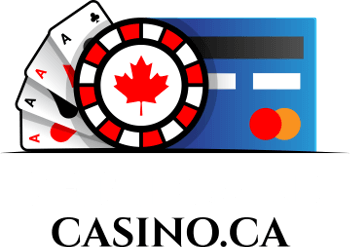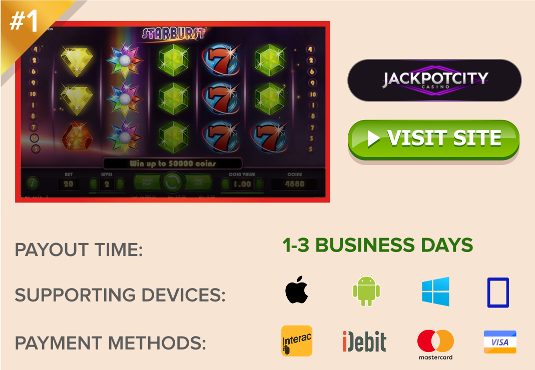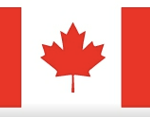The [Dis]Advantages of California Blackjack
Learn how to play California No Bust Blackjack, a game designated for strategically inclined high rollers only!

California Blackjack is by no means your typical game of 21. Its creator did not flip a few basic rule switches and slap a name on it. This game has some very interesting twists. It’s player banked, for one. The rules give the players an edge, not the dealer. And as usual, the house always wins, collecting a 1% commission on all player bets. And with that, you can wave goodbye to that player’s edge.
Why would a gaming house offer such an odd 21 variant? Because in California, it’s the only way to offer their customers blackjack. The laws prohibit house-banked games of chance. Poker, on the other hand, is perfectly legal. Therefore, adjusting the rules to proffer a player-versus-player (PvP) game with a house commission – the exact same set-up as a poker game – makes it legal.
Before I continue, I need to point out that, at time of writing, I do not know of any California card rooms that offer this game. Due to the player-banked nature, it has never (to date) been introduced at any online casinos, either. If you do happen to run across it in the future, here’s a basic run-down of the rules, proper strategy, and why I don’t recommend it for anyone who can’t afford to bet a minimum of $100 per hand.
California Blackjack for High Rollers Only
Like any other PvP card game, the house doesn’t have a stake in the action. Therefore, to make a profit, the operator collects a commission. They call it the “collection”; the same thing poker players refer to as “rake”.
California Blackjack charges a 1% collection per player bet, win or lose. That doesn’t seem so bad, except that the gaming house will always round the commission up to the nearest dollar. This means that a $10 and a $100 bet will both incur the same $1 commission. Any bet from $101-$200 incurs a $2 commission. You get the idea…
Due to the up-rounding nature, players must wager in $100 increments in order to reduce the house edge to a minimum.
According to the rules of the game, California Blackjack gives the player an advantage of 0.56%. Instead of the dealer having an advantage, whoever sits in the banker position must compete with the player edge. Furthermore, the dealer has to pay a $3 flat fee per hand to be the banker. The deal rotates around the table after every two hands. Players do have the option to decline the banker position, in which case it passes to the next player.
Anyway you look at it, it’s a raw deal for the player-banker. For standard players, betting in $100 increments and following basic strategy will provide the lowest house edge of 0.44%, equal to a 99.56% RTP. It’s safe to say that the dealer’s disadvantage played a major role in this game’s disappearance from California card rooms.
How to Play California No Bust Blackjack
The rules of this game are quite different than traditional blackjack games. Let’s start with the inclusion of jokers…
Jokers: California Blackjack is played with 6 decks of 53 cards each, including one joker per deck; 6 jokers in all. Jokers are wild. If a hand consists of a joker, it automatically stands at a value of 21, with the joker taking on the value of [21 minus all other cards].
Best Hand / Natural: In this game, a two-card 21 is not the best hand. It’s not even a natural blackjack – just a standard total of 21. The best possible hands, in no particular order, are any two-card combinations of Aces and/or Jokers (i.e. A-A, A-$, $-$). These hands are called “Naturals”. When a Natural is dealt, the player must declare it immediately. If the dealer does not also have a Natural, the player wins a bonus payout of 2 to 1. If the dealer ties, it’s a push.
No Bust: when the player and dealer both bust, and the dealer’s busting total is higher than the player’s, the hand will push. If the player’s busting total is higher, the player loses.
Joker Up: If the dealer has a Joker showing face up, he/she must immediately turn over their second card, ending the hand. Any player that also has 21 will push. Players with a total under 21 lose.
Joker Down: The dealer never peeks at the down card, but if it turns out to be a joker, players can only lose the amount of their original bet. Any additional wagers due to doubling/splitting are returned.
All of the other standard rules below apply:
- Decks: 6
- Soft 17: Dealer Hits
- Doubling: Yes, on any two cards
- Splitting: Yes, 2x
- Double after Split: Yes
- Surrender: Yes, on any 2 cards unless dealer has Joker up
- Natural (A-A, A-$, $-$) Pays: 2 to 1
Note: There are no standard side bets in California Blackjack. If you happen to find a game with optional asides, see out comprehensive guide to Blackjack Side Bets for more information.
California 21 Hand Strategy
Next up is our strategy for California Blackjack. As a player, following these charts precisely while wagering in $100 increments will give you an RTP of 99.56% (house edge 0.44%). There are three charts, divided according to Hard Hand, Soft Hand and Pairs.
Note that the banker must follow house rules, facing a player advantage of at least 0.56%. The only advantage the dealer can gain is against less experienced players who make mistakes, as opposed to following the strategy chart below.
How to Decide a Hard Hand
A hard hand can bust on a single hit. It is made up of any number of cards, but will not include an Ace valued at 11.
| Hard Total | Correct Action by Situation |
| 8 & Under | Hit |
| 9 | Double against Dealer’s 4-6; otherwise Hit |
| 10 | Double against Dealer’s 2-8; otherwise Hit |
| 11 | Double against Dealer’s 2-9; otherwise Hit |
| 12-13 | Hit |
| 14 | Surrender against Dealer’s A; otherwise Hit |
| 15-16 | Stand against 2-6; Surrender against A; otherwise Hit |
| 17 | Stand against 2-10; Surrender against A; otherwise Hit |
| 18 | Surrender against A if allowed; otherwise Stand |
| 19-21 | Stand |
How to Decide a Soft Hand
A soft hand cannot bust in one hit. It is made up of any number of cards, and will always include an Ace valued at 11.
| Soft Total | Correct Action by Situation |
| 13 | Hit |
| 14 | Double on dealer’s 6, otherwise Hit |
| 15 | Double on dealer’s 5-6, otherwise Hit |
| 16 | Double on dealer’s 4-6, otherwise Hit |
| 17 | Double on dealer’s 3-6, otherwise Hit |
| 18 | Hit against 9-A; Double on 2-6; otherwise Stand |
| 19 | Double on dealer’s 6, otherwise Stand |
| 20-21 | Stand |
Conditions for Splitting Pairs
This last section details how to play California No Bust Blackjack hands when dealt a pair.
| Pair | Correct Action by Situation |
| Ace-Ace | Stand on Natural, automatic |
| 2-2 | Split against 2-8; otherwise Hit |
| 3-3 | Split against 2-8; otherwise Hit |
| 4-4 | Split against 6; otherwise Hit |
| 5-5 | Double against 2-8; otherwise Hit |
| 6-6 | Split against 6; otherwise Hit |
| 7-7 | Split against 2-7; Surrender against A; otherwise Hit |
| 8-8 | Split against 2-10; Surrender against A; otherwise Hit |
| 9-9 | Split against 2-9; Stand against 10; Surrender against A; otherwise Hit |
| 10-10 | Stand |
 Jackpotcity.com is our editorial pick for your gaming needs. Currently offering an entire suite of casino games, as well as a wide range of Canadian deposit options, JackPotCity truly offers world-class gaming.
Jackpotcity.com is our editorial pick for your gaming needs. Currently offering an entire suite of casino games, as well as a wide range of Canadian deposit options, JackPotCity truly offers world-class gaming.





